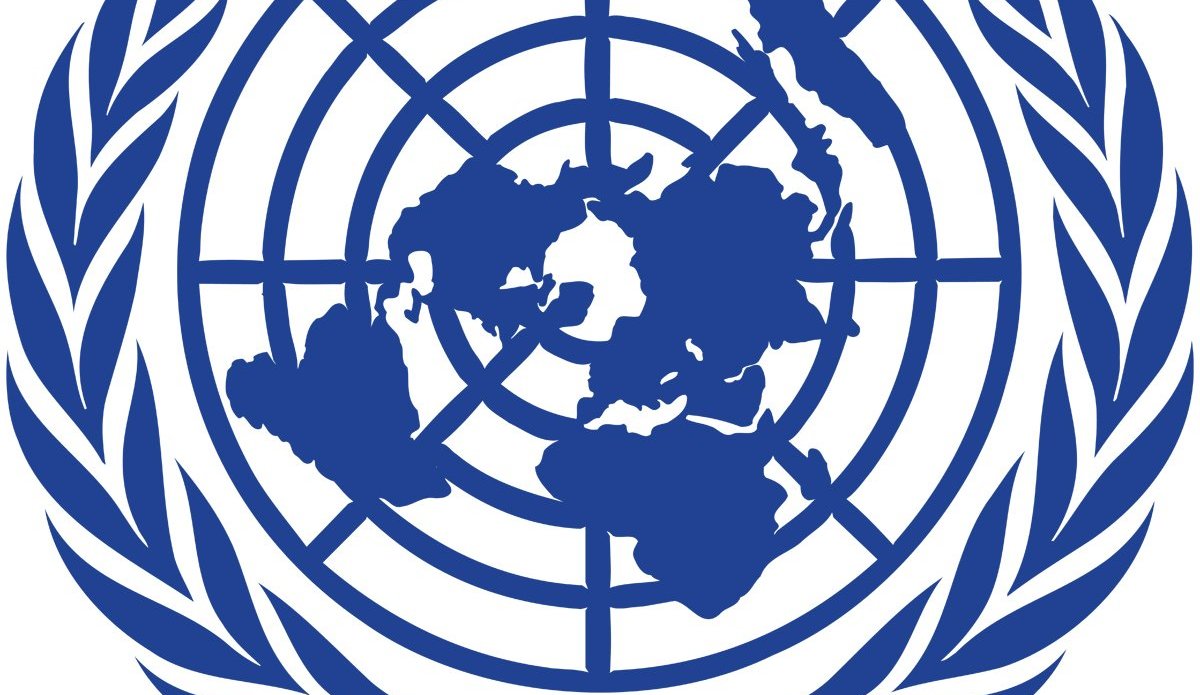UN highlights consultative nature of election audit
KABUL - The United Nations today highlighted the exceptional levels of consultation and joint oversight of the Presidential elections audit, which is now more than three-quarters complete.
"The 12 July Agreement reached between Dr. Abdullah Abdullah and Dr. Ashraf Ghani required that the two campaigns have joint oversight of the audit,” said the Secretary-General’s Special Representative for Afghanistan and head of UNAMA, Ján Kubiš, “It is highly unusual for the parties in an electoral contest to be given such prominence in designing the procedures to audit its results or to have such a hands-on role in the actual physical auditing.”
These unusual measures were agreed to help restore confidence in the electoral process following the impasse that emerged after the announcement of preliminary results on 7 July.
The two most important procedures for the conduct of the audit are the audit checklist and the invalidation and recount criteria. Both of these documents were proposed by the UN following significant consultation with the two technical teams. As previously noted, since 12 July the UN leadership has held more than 30 meetings with the two presidential candidates to discuss the audit, as well as daily meetings with both teams at the technical level.
The audit checklist was one result of the 12 July negotiations between Dr. Abdullah and Dr. Ghani and is included in the actual text of the technical framework agreement.
The invalidation and recount criteria were proposed by the United Nations on 24 July after ten days of extensive consultation between the two campaigns and substantial incorporation of their views in the final proposal. While neither campaign fully agreed to the proposal, as noted in the UN press release on 26 July, the two candidates initially informed the United Nations that they accepted these criteria as a basis to move forward. Subsequent to this, the Reform and Partnership campaign raised five concerns with the criteria. After several days of additional consultations, three of these concerns were withdrawn while the remaining two became the basis for the Reform and Partnership team selecting a list of 3,000 ballot boxes for special scrutiny. In their signed joint communique of 8 August, the two campaigns ultimately agreed to "practically move the audit process forward based on the United Nations criteria including audit, recount, and invalidation."
In addition, the United Nations has stated on several occasions that as new information is learnt during the course of the audit it will as necessary make recommendations to refine and update relevant procedures. It has done so in response to the following issues raised by the Reform and Partnership team:
· Incorporated the Reform and Partnership team's views into the design of the special scrutiny process (namely that all special scrutiny boxes shall receive automatic recounts);
· Clarified that a ballot box can contain more than one pattern of similarly marked ballots and tightened the definition of the minimum number of similarly marked ballots which constitute a pattern from twenty ballots down to ten ballots;
· Retrained its advisors on the identification of similarly marked ballots as new types of patterns of similar markings emerged during the audit process;
· Expanded the definition of what constitutes an improbable sequence of Voter ID numbers in the voter log for purposes of recounts and invalidations to include repeated Voter ID numbers, sequences with skips and other forms of sequences;
· Supported the Reform and Partnership team's proposal that IEC provincial staff should not be involved in the audit of boxes from their own province;
· Addressed the Reform and Partnership team's concern that polling stations that were closed during the run-off might have been included in the results and audits; and
· Considered the Reform and Partnership team's proposal that ballots without a fold mark should be invalidated as an indicator, but did not ultimately support this proposal because the run-off ballots are small enough to fit into the ballot box slot without being folded and because the approved method of storing ballots in rolled bundles in the box result in their fold marks being smoothed out.
Presently, the United Nations is reviewing a new issue raised by the Reform and Partnership Team related to possible similar handwriting across multiple results forms. It, however, only received sample evidence on this issue from the Reform and Partnership team this afternoon.
In addition to the genuine say over how the audit has been designed, the United Nations and Independent Election Commission (IEC) have given the two campaigns effective co-responsibility in the conduct of the actual audit. In a normal audit both the observers and the candidate agents are physically separate from the audit tables and not allowed to handle any of the ballots or other sensitive materials. During this audit, the two agent teams and IEC staff jointly conduct the audit with campaign teams even themselves directing the placement of ballots into patterns of similar markings prior to technical review and dispute resolution by UN advisors.
The United Nations will continue to work with both campaigns to address any concerns they have which contribute to addressing the audit's primary purpose of separating fraudulent ballots from valid votes. This would include any new issues arising from the first announcement of audit findings by the IEC on 25 August, which were only a first batch of decisions and should not necessarily be considered as representative of the audit's final result.
The UN notes, that on both 12 July and 8 August the candidates already explicitly committed to accepting the result of the audit. Should one campaign choose not to participate in the conclusion of the enormous exercise which they requested, the United Nations and the domestic and international observers will increase their participation so as to ensure the continuing credibility of the process.
 UN
UN







